Related Research Articles

Karol Maciej Szymanowski was a Polish composer and pianist. He was a member of the modernist Young Poland movement that flourished in the late 19th and early 20th century.

Alexander Tansman was a Polish composer, pianist and conductor who became a naturalized French citizen in 1938. One of the earliest representatives of neoclassicism, associated with École de Paris, Tansman was a globally recognized and celebrated composer.
Peter Racine Fricker was an English composer, among the first to establish his career entirely after the Second World War. He lived in the US for the last thirty years of his life. Fricker wrote over 160 works in all the main genres excepting opera. He was a descendant of the French playwright Racine.
Håvard Gimse is a Norwegian classical pianist from Kongsvinger, and the brother of the cellist Øyvind Gimse. He has received the Griegprisen (1996) and the Steinway Award (1995). Gimse has done several recordings for Naim Audio, Naxos Records, Sony Classical Records, Chandos Records and Simax.
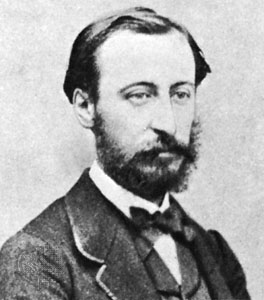
The Piano Concerto No. 2 in G minor, Op. 22 by Camille Saint-Saëns was composed in 1868 and is probably Saint-Saëns' most popular piano concerto. It was dedicated to Madame A. de Villers. At the première on 13 May the composer was the soloist and Anton Rubinstein conducted the orchestra. Saint-Saëns wrote the concerto in three weeks and had very little time to prepare for the première; consequently, the piece was not initially successful. The capricious changes in style provoked Zygmunt Stojowski to quip that it "begins with Bach and ends with Offenbach."
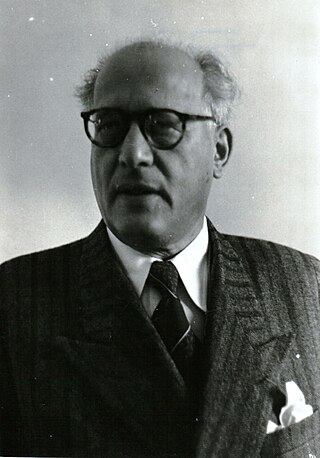
Grzegorz Fitelberg was a Polish conductor, violinist and composer. He was a member of the Young Poland group, together with artists such as Karol Szymanowski, Ludomir Różycki and Mieczysław Karłowicz.

Vassily Serafimovich Sinaisky is a Russian conductor and pianist.

Symphony No. 1, Op. 13, in E♭ by the Romanian composer George Enescu reflects the composer's training in both Vienna and Paris. In the former location he studied the Brahmsian tradition with Robert Fuchs, and in the latter the French tradition with Jules Massenet and Gabriel Fauré.
Ralph Henry Kirshbaum is an American cellist. His award-winning career combines the worlds of solo performance, chamber music, recording and pedagogy.

Emil Tabakov is a Bulgarian conductor, composer and double-bass player.

Piotr Anderszewski is a Polish pianist and composer.
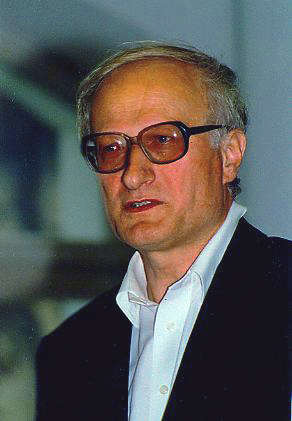
Krzysztof Meyer is a Polish composer, pianist, and music scholar, formerly dean of the Department of Music Theory (1972–1975) at the State College of Music, and president of the Union of Polish Composers (1985–1989). Meyer was professor of composition at the Hochschule für Musik in Cologne from 1987 to 2008, before his retirement.

Wanda Wiłkomirska was a Polish violinist and academic teacher. She was known for both the classical repertoire and for her interpretation of 20th-century music, having received two Polish State Awards for promoting Polish music to the world as well as other awards for her contribution to music. She gave world premiere performances of numerous contemporary works, including music by Tadeusz Baird and Krzysztof Penderecki. Wiłkomirska performed on a violin crafted by Pietro Guarneri in 1734 in Venice. She taught at the music academies of Mannheim and Sydney.
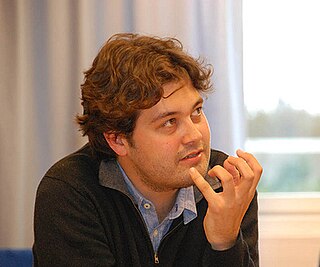
Lawrence Power is a British violist, born 1977, noted both for solo performances and for chamber music with the Nash Ensemble and Leopold String Trio.
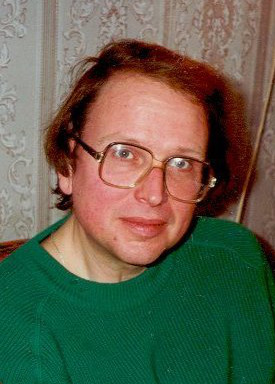
Alexander Ivashkin, was a Russian cellist, writer, academic and conductor. He was a professor of music and the Chair of Performance Studies at Goldsmiths, University of London since 1999, the director of the Centre for Russian Music, and the curator of the Alfred Schnittke Archive. In 1996, he published the first English-language biography of the composer Alfred Schnittke.
Aleksander Lasoń is a Polish composer and teacher. He was born in Siemianowice Śląskie.
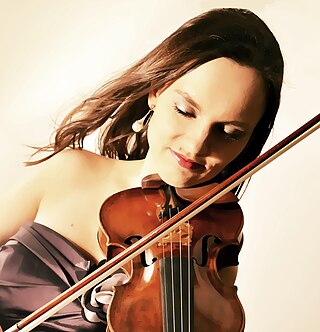
Kinga Augustyn is a New York City-based virtuoso violinist. She has established an international career having performed as a soloist with numerous orchestras, recitalist, and recording artist.
Stephen Bryant is an English violinist, best known as the leader of the BBC Symphony Orchestra.
Polish composer Karol Szymanowski worked on his Symphony No. 1 in F minor Op. 15 between 1906 and 1907.
References
- ↑ "Symphonie concertante for piano and orchestra op. 60". karolszymanowski.pl. Retrieved 14 April 2019.
- ↑ Iwanicka-Nijakowska, Anna. "Symphony No. 4 (Symphonie Concertante) Op. 60 – Karol Szymanowski". culture.pl. Retrieved 14 April 2019.
- ↑ Berger, Roman (1994). Sonáta s motivem K. Szymanowského : (1982-83) ; violino e piano. Bratislava: Supraphon. pp. 19–20. OCLC 248775463.